TestFlightApp.com goes away February 26, 2015 – use new iOS 8 Test Flight App
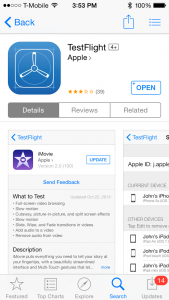 The website we have utilized for beta testing of apps, TestFlightApp.com, shuts down on February 26th, 2015. All app testing will be moved to the iOS8 TestFlight app and managed through Apple’s iTunes Connect.
The website we have utilized for beta testing of apps, TestFlightApp.com, shuts down on February 26th, 2015. All app testing will be moved to the iOS8 TestFlight app and managed through Apple’s iTunes Connect.
As a developer, and a user there are many more PROs to this than CONs. The new TestFlight app for iOS8 radically simplifies the process of beta testing apps.
In the old TestFlight.com, a developer had to:
- invite users to TestFlight
- get the user to register a device on TestFlight
- take the UUID of the device and register it on developer.apple.com
- put the device ID into a provisioning profile
- use that profile to build
- re-upload the build (or the new provisioning profile if that was all that changed) to TestFlightApp.com
- distribute the build to designated TestFlightApp users
There were several places where that process could get stuck and could indeed go wrong.
With the new TestFlight iOS8 app, the steps are much simpler:
- developer submits app (there are several steps involved here for developers, but they are basically the same as submitting an app to the app store. After Archiving, you “Submit” the app to a version on iTunes Connect that is marked “Prepare for Submission”
- check the box for “TestFlightBetaTesting”
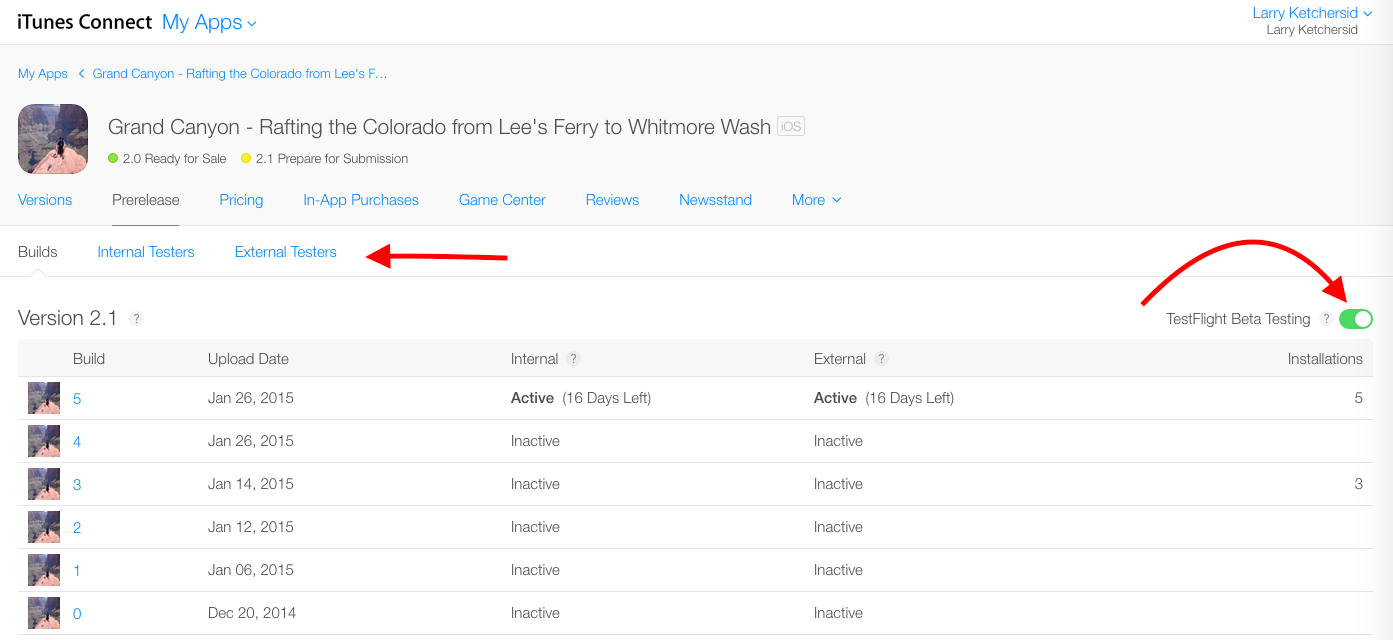
- select “External Testers” (this will not be visible until the app goes through Beta App Review)
- invite the test user via email (does not even have to be their iTunes email, as Apple will do the mapping)
- the users will be asked to download the TestFlight app (if they have not already done so)
- the app will then be available for install from the TestFlight app
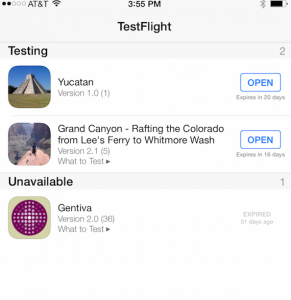
- apps installed via TestFlight app will have orange dots beside them
- users will be notified when new versions are available
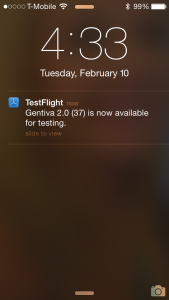
The device ID mapping is done by Apple. No changes in the provisioning profile are needed.
What else is different? Here are the cons:
- No Android. Obviously, since Apple acquired them, support for this has been dropped. It was an advantage to have all testers and testing in one web site.
- Beta builds only available for 30 days. After that time, the developer must submit another build.
- No TestFlight SDK. The developer could including TestFlight’s SDK and get more data on what parts of the app the users was testing. These feature has not yet been moved over to the new TestFlight app (if anyone has found it, please let us know).
- Wait for Beta App Review. Apps do have to be submitted for “Beta App Review”. The first time this is done, it can take a few hours to a couple of days. After that, it is quite quick, if the developer answers a question concerning the level of changes in this build (fewer changes do not apparently require an extensive review).
- Issues with Gmail invites. We’ve run across one issue with invites receive in Gmail that were not able to acknowledge the TestFlight invitation and thus allow the app to be run under the TestFlight app.
- Works only with iOS8. This is not as big an issue as it was. We assume Apple waiting until the adoption rate was high enough before discontinuing the Test Flight app web service.
- If this is an upgrade to an existing app store app by the same name, the Test Flight app will write over it. The user will be notified of this with a alert notification. The user can always get the production version back via the app store.
Overall, the PROs far outweigh the CONs, and hopefully some of the other pieces will show up in the future.
Existing users can be exported from TestFlightApp.com into CSV files for import as external users on Apple’s iTunesConnect web site (where user management is now controlled). Detailed instructions here.

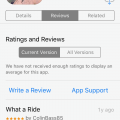


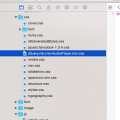




1 Response
[…] This post originally appeared on Larry’s blog. […]